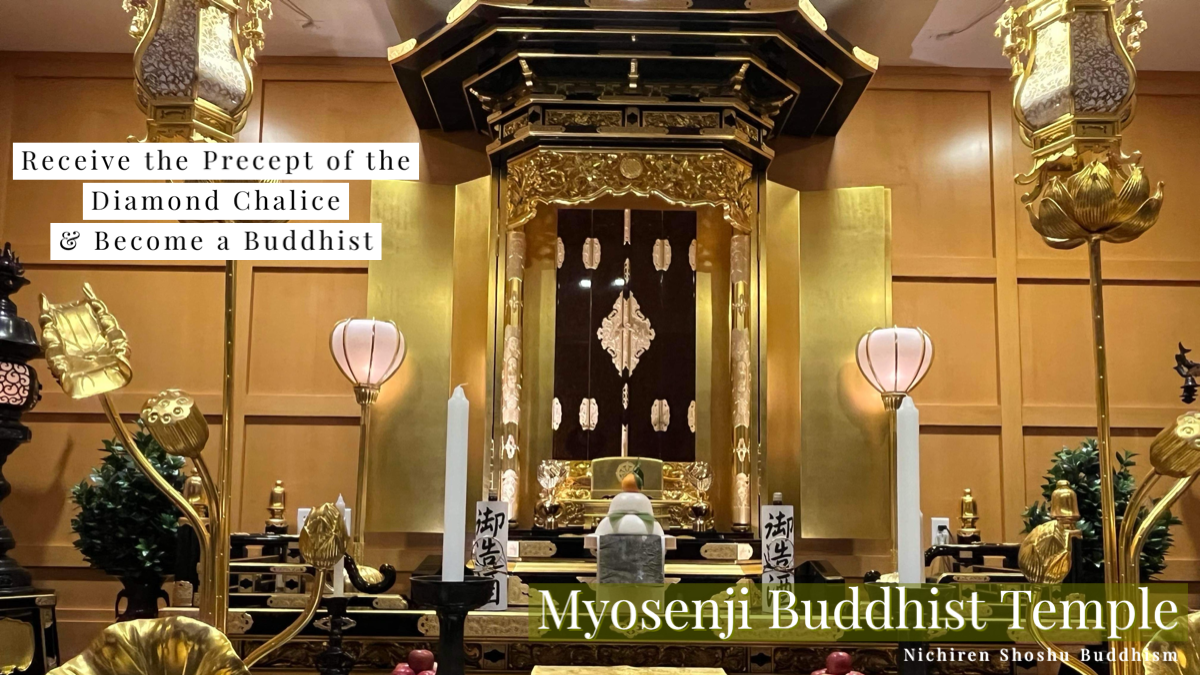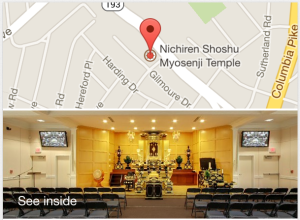
The adversities that one encounters are a source of tranquility and joy… Nam Myoho Renge Kyo is the greatest of all joys.”
written by Nichiren Daishonin in 13th century Japan
The purpose of chanting Nam Myoho Renge Kyo, taking faith in Nichiren Shoshu Buddhism, is twofold:
- One is to realize an absolutely unshakable state of happiness in which there is boundless joy in being alive (attaining Buddhahood in this lifetime).
- The other is to realize an ideal society in which people can enjoy happy lives together based on True Buddhism.
“Attaining Buddhahood in this lifetime” does not mean changing your human form. Nor does it mean becoming a Buddha when you die. Rather, it means achieving, in this lifetime and in our present form, the greatest potential life condition contained within the depths of our lives through sincere faith in and practice to the Gohonzon.
This highest life condition is called “The Buddha” “Buddhahood” or “the Buddha nature.” Another name for it is “Myoho-Renge-Kyo.” Buddhahood is a mighty force that manifests a solution to every kind of suffering. It is a source of energy which manifests in our daily lives and propels each of us into a brilliant, truly joyful and fulfilled existence in the present moment.
Visit Myosenji Temple Sunday, Aug 21st
Our next Introduction to Buddhism meeting will be Sunday, August 21st. There will be a brief video presentation on Buddhism’s Beliefs & Origins and a brief talk by our Assistant Priest. Learn how this Buddhist practice can bring joy to your mind and your life by chanting Nam Myoho Renge Kyo. The meeting starts at 2:00 pm.
If you have decided to become a Buddhist or are interested in learning how to become a Buddhist, after Sunday’s meeting (about 3:30 pm) our Assistant Priest will be performing the Acceptance of the Precept Ceremony, the ceremony where you become a Buddhist.
Excerpted: Nichiren Shoshu Basics of Practice, Attaining Buddhahood in this Lifetime, pp. 4-5.


